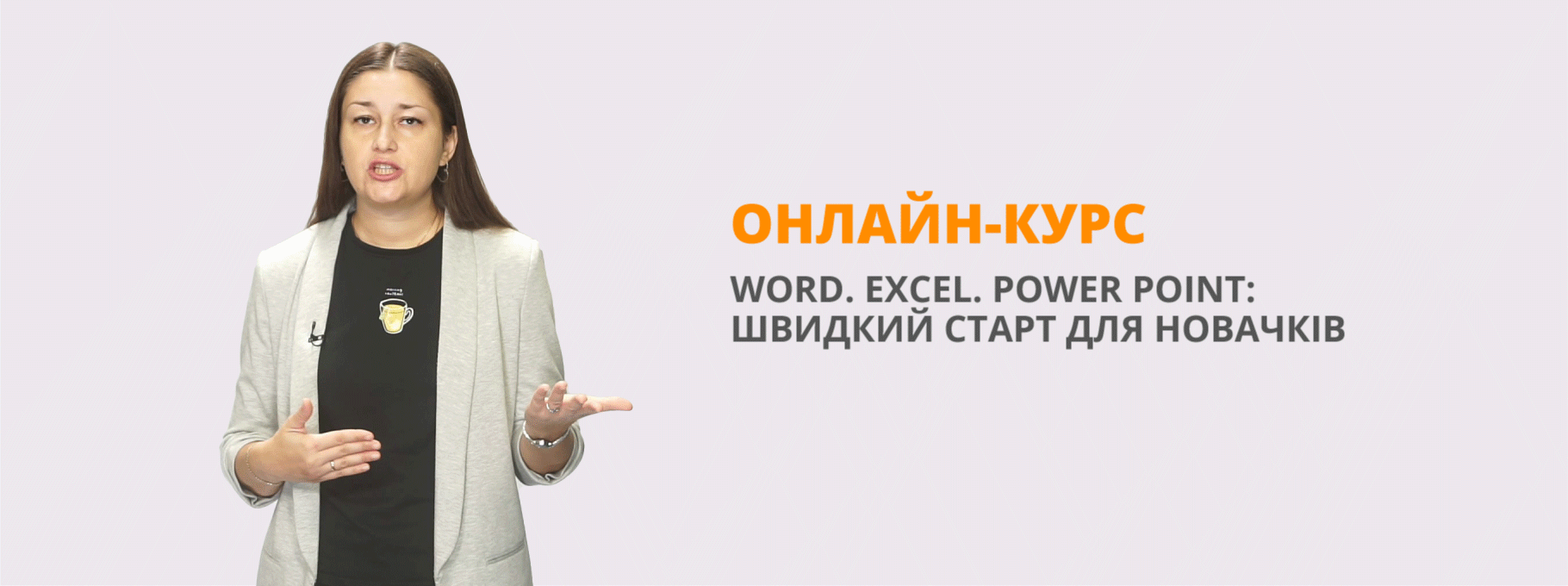Урок з розвитку навичок читання та говоріння для 11 класу за темою "Family Relationships. Family Structures"
Конспект уроку за темою "Family Relationships. Family Structures" для 11 класу за підручником О. Карп'юк. На уроці пропоную короткий тематичний текст для розвитку reading for gist skills через запитання та роботу із картинками. Після прочитання та опрацювання тексту пропоную одному чи кільком учням провести тематичну Research Work у групі як домашнє завдання чи як завдання під час уроку.
Lesson 2. Group ___ Date: ______________
Communicative Sphere: Family Relationships
Theme: Family Types
Aim: to revise family vocab (types of families); to practice reading/speaking skills; to fill the importance of having a family; to do the research in a class.
Equipment: pictures, cards with tasks, books, texts for reading; research paper.
Type of lesson: lesson of developing reading and speaking skills
Procedure
|
Warm Up
Aim
Reading for gist
Speaking
Class Research
Vocabulary
Research result
Summary Homework |
T: Put the words into the correct order.
What phrase do you like best of all and why?
T: How do you think are all the families look like the same?
Task 1. Read the text quickly and do the test. Family structure has changed dramatically over the last 50 years. There are six specific types of family structures identified by society today. The nuclear family is the traditional type of family structure. This family type consists of two parents and children. The single parent family consists of one parent raising one or more children on his own. The extended family includes many relatives (cousins, aunts or uncles and grandparents) living together and working toward common goals. The childless family consists of a husband and a wife who cannot or choose not to have children. The step family or the blended family consists of a new husband and a new wife after remarriage and their children from previous marriages or relationships. One in fourteen children is raised by his grandparents and the parents are not present in the child’s life so that’s why there is the grandparent type of family.
T: Describe the type of family in each photo and prove your answer with the facts from text.
T: Let’s do a small class research Task. Do the research and make the class diagram
I’ve got… .
Page 84. New vocab
Presentation of the results After doing the research we found out that …% of pupils have got the nuclear families. …% of pupils live in the single parent families. …% of pupils are raising up in the blended families. …% of pupils are bringing up in the extended families. …% of pupils are living in the grandparent families.
Exercise 6, page 88 (reading and discussing) Exercise 1, page 99 |
Записати речення на дошці і залишити вільне місце для відповіді
Розмістити зображення на дошці, учні виходять і записують та пропонують відповіді
Один учень проводить опитування і створює діаграму класу
Записати зразок відповіді на дошці |
||||||||||||||||||||||
Family structure has changed dramatically over the last 50 years. There are six specific types of family structures identified by society today. The nuclear family is the traditional type of family structure. This family type consists of two parents and children. The single parent family consists of one parent raising one or more children on his own. The extended family includes many relatives (cousins, aunts or uncles and grandparents) living together and working toward common goals. The childless family consists of a husband and a wife who cannot or choose not to have children. The step family or the blended family consists of a new husband and a new wife after remarriage and their children from previous marriages or relationships. One in fourteen children is raised by his grandparents and the parents are not present in the child’s life so that’s why there is the grandparent type of family.
- This text is about…
- Problems in modern families.
- Types of modern families.
- Historical background of family as an item.
- In the text there is a statistic info that…
- 70% of children live in a nuclear family unit.
- Often a single parent family is a mother with her kids.
- 1 in 14 kids is bringing up by grandparents.
- The text tells about…
- Six different family structures.
- Relationships between parents and kids.
- Relations between generations.
Family structure has changed dramatically over the last 50 years. There are six specific types of family structures identified by society today. The nuclear family is the traditional type of family structure. This family type consists of two parents and children. The single parent family consists of one parent raising one or more children on his own. The extended family includes many relatives (cousins, aunts or uncles and grandparents) living together and working toward common goals. The childless family consists of a husband and a wife who cannot or choose not to have children. The step family or the blended family consists of a new husband and a new wife after remarriage and their children from previous marriages or relationships. One in fourteen children is raised by his grandparents and the parents are not present in the child’s life so that’s why there is the grandparent type of family.
- This text is about…
- Problems in modern families.
- Types of modern families.
- Historical background of family as an item.
- In the text there is a statistic info that…
- 70% of children live in a nuclear family unit.
- Often a single parent family is a mother with her kids.
- 1 in 14 kids is bringing up by grandparents.
- The text tells about…
- Six different family structures.
- Relationships between parents and kids.
- Relations between generations.
Task. Do the research and make the class diagram
|
What family type have you got? |
|
|
Name |
Family type |
|
|
|
|
|
|
|
|
|
|
|
|
|
|
|
|
|
|
|
|
|
|
|
|
|
|
|
|
|
|
|
|
|
|
|
|
|
|
|
|
|
|
|
|
|
|
|
|
|
|
|
|
|
|
|
|
|
|
|
|
After doing the research we found out that
…% of pupils have got the nuclear families.
…% of pupils live in the single parent families.
…% of pupils are raising up in the blended families.
…% of pupils are bringing up in the extended families.
…% of pupils are living in the grandparent families.


про публікацію авторської розробки
Додати розробку





